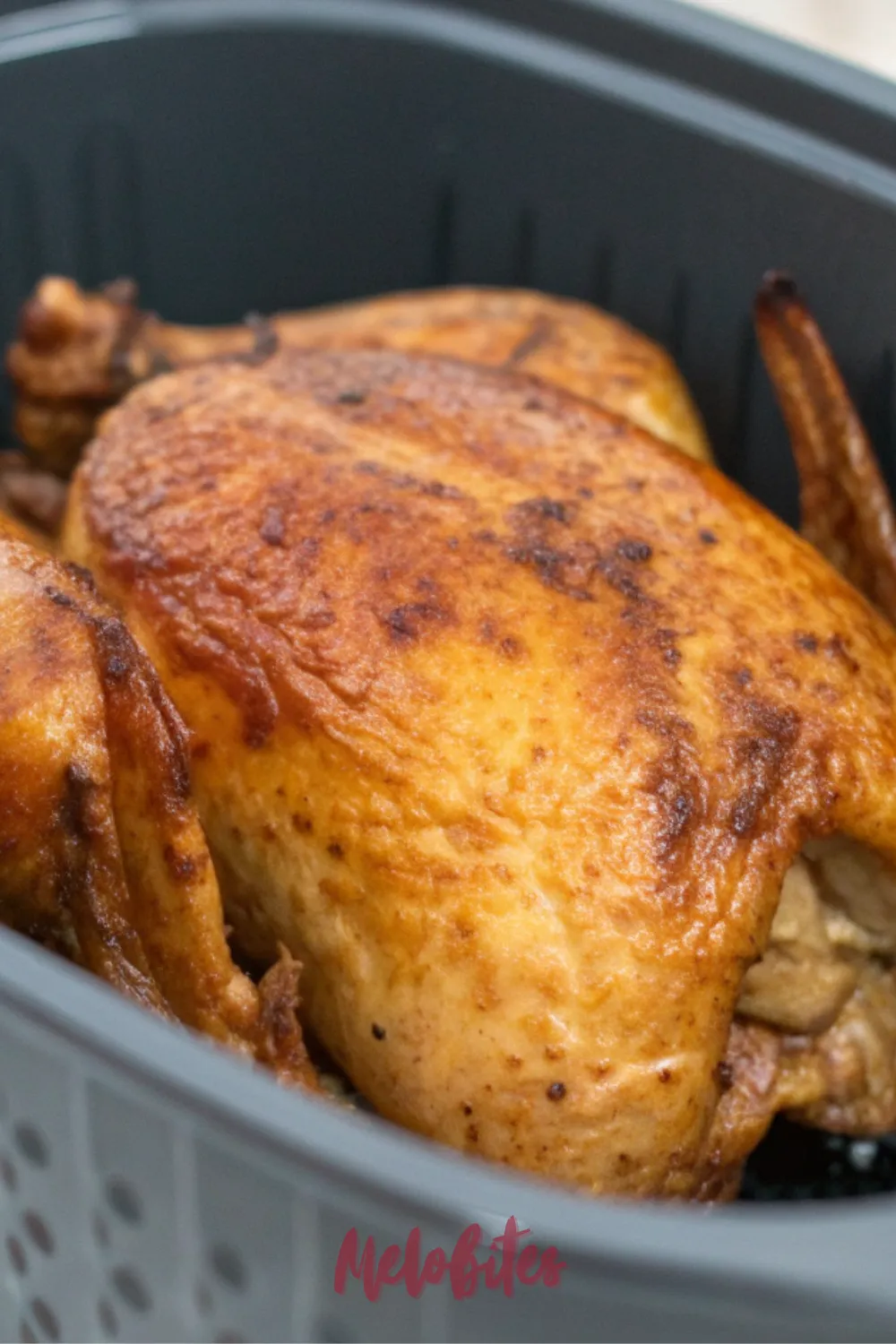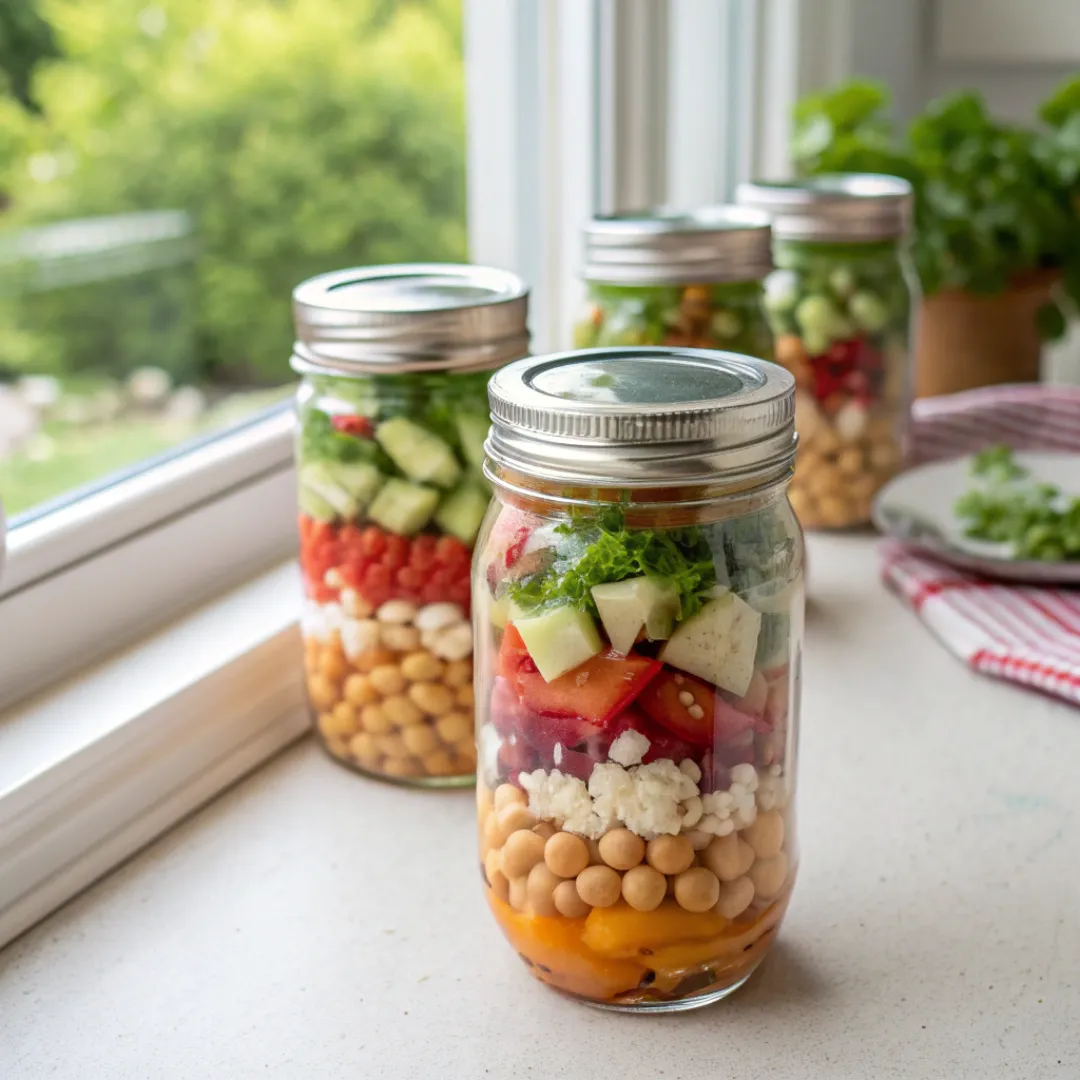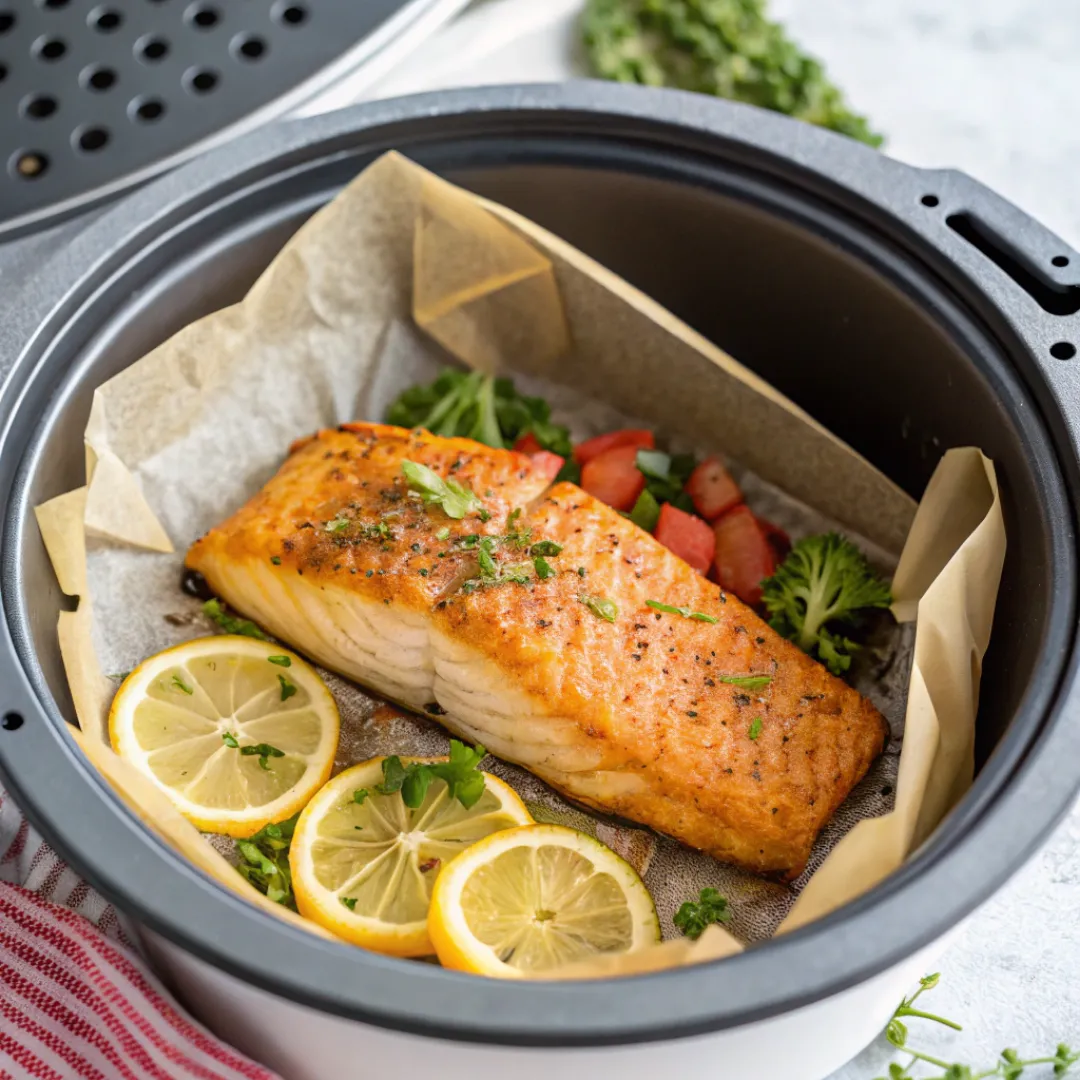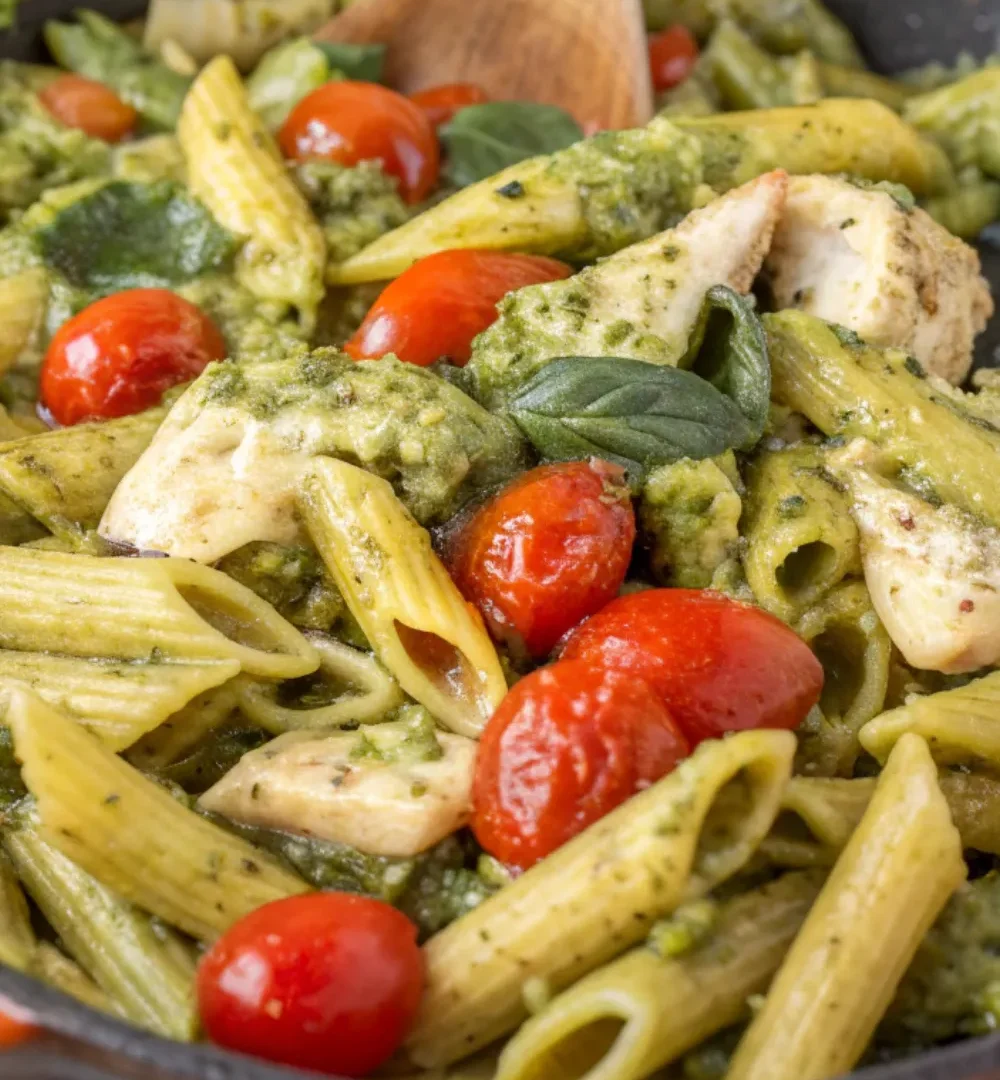Can you picture it? A slow, sun-drenched weekend morning, the scent of melted butter in the air, and a plate of the most delicate, tender crepes imaginable. What if you could capture the magic of a Parisian street-side crêperie right in your own kitchen? It’s simpler than you think, and it all starts with a few basic ingredients.
We’re about to embark on a journey to master the art of the classic French crepe. This isn’t about heavy, dense pancakes; this is about creating something light, elegant, and utterly timeless. It’s a recipe that transforms flour, eggs, and milk into a culinary work of art through the magic of technique.
Forget complicated recipes that feel intimidating, because this guide will demystify the process and give you the confidence to make perfect crepes every time. Prepare to bring a little bit of French elegance to your breakfast table. It’s time to create a morning you won’t soon forget.
The Timeless Charm of Classic French Crepes with Lemon and Sugar
There is a profound beauty in the simplicity of Classic French Crepes with Lemon and Sugar. This isn’t a dish that relies on a dozen rich fillings; its perfection comes from the delicate balance of just three core elements. It is a celebration of purity and flavor in its most essential form.
Imagine a paper-thin, warm crepe, folded into a neat triangle, with a light dusting of granulated sugar that has just started to melt. A generous squeeze of fresh, vibrant lemon juice cuts through the sweetness, creating a bright, zesty, and incredibly refreshing bite. It’s a classic for a reason, a flavor combination that is nothing short of sublime.
The Perfect Light Breakfast Idea Among Sweet Breakfast Recipes
In a world filled with decadent, heavy breakfast recipes sweet enough to be dessert, the crepe offers a refreshingly elegant alternative. It is the quintessential light breakfast idea, satisfying a craving for something sweet without leaving you feeling weighed down or sluggish. It feels special and indulgent, but in a graceful, understated way.
Unlike a towering stack of pancakes, a plate of delicate crepes is airy and refined. The simple lemon and sugar topping provides a clean, bright sweetness rather than a rich, cloying one. This makes them the perfect choice for a romantic breakfast in bed, a special occasion brunch, or any morning you want to treat yourself with a touch of class.
How to Make Thin Crepes That Don’t Tear
The number one challenge for aspiring crepe-makers is learning how to make thin crepes that don’t tear. The secret isn’t one thing, but a trio of crucial techniques that work together in harmony. Mastering them is the key to unlocking crepe perfection.
First, the batter must be very thin and smooth, almost the consistency of heavy cream, which allows it to spread effortlessly across the pan. Second, you absolutely must let the batter rest for at least 30 minutes; this allows the gluten to relax, making the crepes tender and less prone to tearing. Finally, a properly heated, well-buttered non-stick pan is your best friend, ensuring the crepe cooks quickly and releases with ease.
Why You Will Fall in Love with These French Crepes
- Feels Incredibly Special: There is something inherently elegant and romantic about a plate of freshly made crepes. They instantly elevate any morning from mundane to memorable.
- Made from Pantry Staples: You likely have all the ingredients you need right now. It’s amazing how flour, eggs, and milk can be transformed into something so sophisticated.
- Surprisingly Easy: While they seem fancy, the technique is simple to master. Once you get the hang of the swirl and flip, you’ll be making them like a pro.
- A Canvas for Creativity: This classic lemon and sugar version is just the beginning. The simple crepe is a perfect base for countless other sweet or savory fillings.
Nutritional Benefits
While crepes are certainly a treat, they are a surprisingly sensible one compared to other sweet breakfast options. The batter is made from simple, whole-food ingredients like eggs and milk, which provide a good amount of protein. This protein helps to make them more satisfying and balanced than a purely carbohydrate-based breakfast.
Because they are so thin, crepes are naturally lighter in calories, fat, and carbohydrates than their thicker American pancake cousins. The classic lemon and sugar topping is also modest, providing a burst of flavor without the heavy, calorie-dense syrups or creams. It’s an indulgence you can feel good about enjoying.
Full Recipe for Classic French Crepes with Lemon and Sugar

This recipe will yield a batch of delicate, tender, and flavorful crepes with lovely crisp edges. The batter itself is the star, made with both milk and water for the perfect texture and melted butter for flavor and flexibility. Remember, patience in letting the batter rest is the secret ingredient.
A serving of two classic crepes with lemon and sugar is a relatively light treat, coming in at around 200-250 calories. It’s a perfect, sweet start that won’t derail your entire day.
Prep Time: 10 minutes | Rest Time: 30 minutes | Cook Time: 20 minutes | Total Time: 1 hour | Yield: 12-14 crepes | Category: Breakfast | Method: Stovetop | Cuisine: French | Diet: Vegetarian
Essential Ingredients for French Crepes
- 1 cup all-purpose flour
- 2 large eggs
- 1/2 cup whole milk
- 1/2 cup water
- 2 tablespoons unsalted butter, melted, plus more for the pan
- 1 tablespoon granulated sugar
- 1/4 teaspoon salt
- For Serving: Granulated sugar and fresh lemon wedges
Ingredients Notes
- Flour: Simple all-purpose flour is all you need for this recipe. Be sure to whisk or sift it to remove any lumps before combining it with the wet ingredients.
- Milk and Water: Using a combination of milk and water is a classic French technique. The milk provides flavor and richness, while the water helps to create a thinner, more delicate, and lacy crepe.
- Melted Butter in the Batter: This is a non-negotiable step for the best crepes. The melted butter adds a wonderful richness, helps to prevent the crepes from sticking, and makes them more tender and flexible.
- Resting the Batter: Letting the batter rest for at least 30 minutes in the refrigerator is crucial. This allows the flour to fully hydrate and the gluten to relax, which is the key to tender crepes that won’t tear easily.
How to Make Classic French Crepes
- Make the Batter: You can make the batter in a blender for an ultra-smooth consistency or by hand. In a blender, combine all the batter ingredients (flour, eggs, milk, water, melted butter, sugar, and salt) and blend for 10-15 seconds until smooth. If making by hand, whisk the eggs and sugar, then gradually alternate adding the flour and the milk/water mixture until smooth, and finally whisk in the melted butter and salt.
- Rest the Batter: Cover the batter and let it rest in the refrigerator for at least 30 minutes. You can even make it the night before for a quick breakfast the next morning. The batter should be the consistency of thin cream.
- Heat the Pan: Place an 8-inch non-stick skillet or a traditional crepe pan over medium heat. Add a small knob of butter and swirl to coat the pan evenly. The pan is ready when a drop of water sizzles and evaporates quickly.
- Cook the First Crepe: Pour about 1/4 cup of batter into the center of the hot pan. Immediately lift the pan and swirl it in a circular motion to spread the batter into a thin, even circle.
- Flip the Crepe: Cook for about 1-2 minutes, or until the surface looks matte and the edges begin to lift and turn golden brown. Gently loosen the edges with a thin spatula and flip the crepe over.
- Finish and Repeat: Cook the other side for another 30-60 seconds until it’s lightly golden. Slide the finished crepe onto a plate. Repeat the process with the remaining batter, adding a little more butter to the pan every few crepes as needed.
- Serve the Classic Way: To serve, lay a warm crepe flat. Sprinkle it generously with granulated sugar and squeeze a fresh lemon wedge over the top. Fold it in half, then in half again to create a triangle, and serve immediately.
Alternative Recipe: Savory Buckwheat Crepes (Galettes) with Ham, Egg, and Gruyère
To explore the other side of the crepe world, we must make a traditional Breton Galette. These savory crepes from the Brittany region of France are made with earthy, nutty buckwheat flour, giving them a more robust flavor and a beautiful speckled appearance. The classic filling, known as a “complète,” is a simple yet perfect combination of ham, cheese, and a sunny-side-up egg.
This recipe provides a hearty, gluten-free alternative that is perfect for brunch, lunch, or a light dinner. It’s a rustic, satisfying meal that showcases the incredible versatility of the crepe. It’s the perfect savory counterpart to its sweet, delicate cousin.
Ingredients for Buckwheat Galettes
- 1 cup buckwheat flour
- 1 large egg
- 1 1/2 cups water
- 1/2 teaspoon salt
- Butter, for the pan
- For the Filling (per galette): 1 slice of ham, 1/4 cup shredded Gruyère cheese, 1 egg
Instructions for Buckwheat Galettes
- Make and Rest the Batter: Whisk together the buckwheat flour, egg, water, and salt until a smooth, thin batter forms. Just like with sweet crepes, let this batter rest in the refrigerator for at least 30 minutes.
- Cook the Galette: Heat a lightly buttered non-stick skillet over medium heat. Pour about 1/3 cup of batter and swirl to form a thin circle. Cook for 2-3 minutes, until the top is set and the edges are crispy.
- Add the Fillings: Sprinkle the shredded Gruyère cheese over the surface of the galette. Place the slice of ham in the center. Carefully crack an egg directly onto the center of the ham.
- Fold and Finish: Cook for another 2-3 minutes, until the egg white is mostly set but the yolk is still runny. Carefully fold the four edges of the galette in toward the center, creating a square shape that leaves the sunny yolk exposed. Slide onto a plate and serve immediately.
Storage Options
One of the great conveniences of crepes is that both the batter and the cooked crepes store beautifully. You can store the batter in an airtight container in the refrigerator for up to 2 days. Just give it a quick whisk before using it.
To store cooked crepes, let them cool completely. Stack them with a small piece of parchment or wax paper between each one to prevent sticking. Place the entire stack in a large zip-top bag and store them in the refrigerator for up to 5 days or in the freezer for up to 3 months.
Variations and Substitutions
- Other Sweet Fillings: The possibilities are endless! Fill your crepes with Nutella and sliced bananas, a spoonful of your favorite fruit jam, fresh berries and whipped cream, or a drizzle of dulce de leche.
- Gluten-Free Sweet Crepes: You can make a gluten-free version of the sweet crepe batter by substituting the all-purpose flour with a good quality all-purpose gluten-free flour blend.
- A Touch of Orange: For a different classic flavor, add a splash of orange liqueur (like Grand Marnier) or a teaspoon of orange zest to the batter.
- Make it a Dessert: Turn your crepes into a show-stopping dessert, Crepes Suzette, by serving them with a warm sauce of caramelized sugar, butter, and orange juice.
Practical & Valuable Tips
- The First Crepe Rule: Don’t be discouraged if your first crepe is a failure. There’s a saying that the first crepe is always for the chef! Use it to test the pan’s temperature and your technique.
- Get the Swirl Right: The key to a thin, even crepe is a confident and quick wrist action. Pour the batter in the center and immediately start swirling the pan to spread it out before it sets.
- Know When to Flip: You’ll know it’s time to flip when the surface of the crepe no longer looks shiny or wet, and the edges are starting to look dry and are lifting away from the pan.
- Flipping with Confidence: A long, thin offset spatula is the best tool for getting under the crepe. For a bold move, you can even try flipping it with a flick of the wrist once you get comfortable.
Frequently Asked Questions
- Do I need a special crepe pan to make good crepes? No, you don’t. While a dedicated crepe pan is nice to have, any good quality 8 to 10-inch non-stick skillet with low, sloping sides will work perfectly well.
- Why is my crepe batter lumpy? Lumps usually form when the liquid is added to the flour too quickly. The best way to avoid this is to make the batter in a blender or to add the wet ingredients to the dry ingredients very gradually while whisking constantly.
- Why do my crepes keep tearing when I try to flip them? Tearing is almost always caused by one of three things: the batter didn’t rest long enough, the pan isn’t hot enough, or you are trying to flip it too soon. Ensure your batter has rested, your pan is properly heated, and the edges of the crepe are visibly lifting before you attempt the flip.
- Can I make the crepe batter ahead of time? Yes, absolutely! The batter is actually better when made ahead. You can make it up to 48 hours in advance and store it, covered, in the refrigerator.
- What is the main difference between a crepe and a pancake? The biggest difference is that pancake batter contains a leavening agent (like baking powder or baking soda), which makes them thick and fluffy. Crepe batter has no leavening, which results in the signature thin, flat, and delicate texture.
These Classic French Crepes are a simple recipe that offers a taste of pure, understated elegance.
So, whisk up a batch of batter and treat yourself to a beautiful Parisian-style morning. If you fall in love with the art of the crepe, be sure to save this timeless recipe to your favorite breakfast board on Pinterest!















Leave a Comment